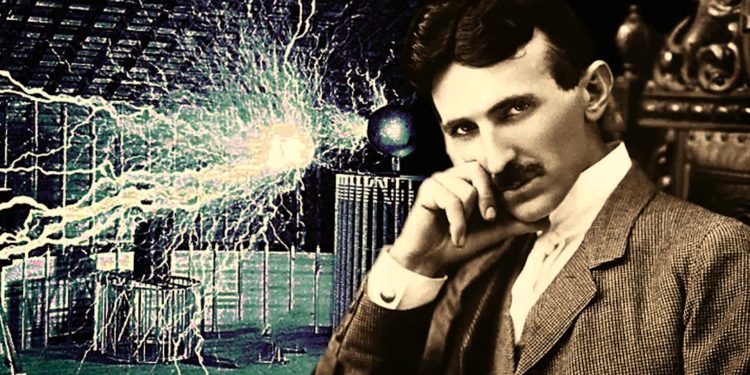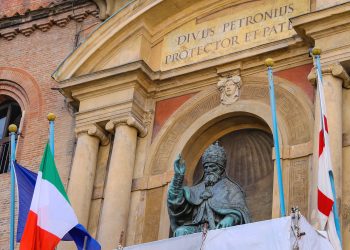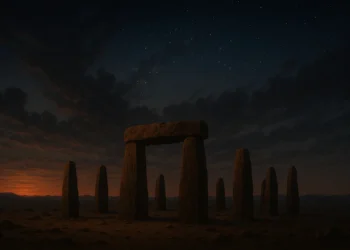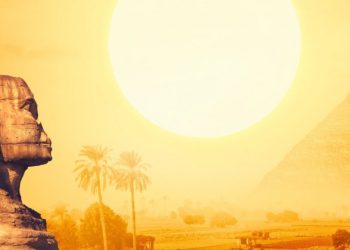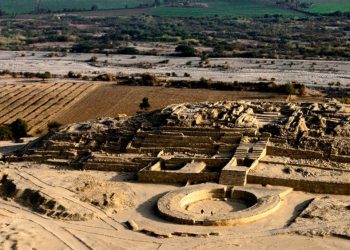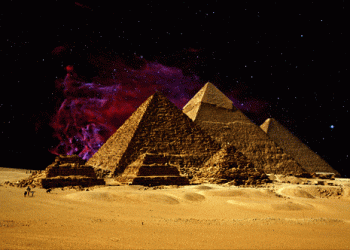On July 10, 1856, a man like no other was born. A man who is believed to have known how to teleport objects, extract energy from nothing, and “apparently, communicate with extraterrestrials. At least, popular rumors endowed him with these phenomenal abilities and more. The only certain fact is that Nikola Tesla was born on July 10, 1856, and 165 years later, he is known as the most mysterious scientist of the modern era.
In a letter from his “declining years,” Nikola Tesla claimed a cat determined his fate
You will not find formulas and laws discovered by Tesla in school textbooks. His contribution to science is completely the opposite. He was not so much a scientist as an inventor and engineer, but at the same time, he had an amazing intuition in the field of research to which he devoted his life: electricity and electromagnetism.
Nikola Tesla became interested in this area of physics while studying at the Graz Technical College. In his declining years in one of his letters he told a different version. Say, as a child, he ran his hand over the back of a cat who lived in their house and saw sparks sparkle on his fur.
His father told three-year-old Tesla that this is how electricity manifests itself, which sparkles in the sky in the form of lightning. The memory of this incident predetermined the boy’s interest in electrical engineering.
However, Tesla loved to mythologize his biography: it was one of his entertainments. If not for this trait, it is unlikely that he would have remained in the memory of mankind as a mysterious and underestimated genius.
What was he like as an inventor; the “War of Currents”
Tesla was very prolific as an inventor – he has several hundred inventions and patents. Some of them became the most important milestones of scientific and technological progress and made it possible to make several breakthroughs in the industrial revolution. Biographers sometimes call Tesla the man who invented the 20th century.
His main contribution to technology development involves devices operating on alternating currents. After moving to America, Tesla got a job at the company of Thomas Edison and soon invited him to improve the DC generators he used. Edison, who was cool about the ideas of the Croatian-born engineer, agreed and even allegedly promised $ 50,000 for it.
But when the work was completed, and Tesla presented the employer with 24 varieties of a new electric machine, he, for some reason, forgot about the money. When asked about the remuneration, he answered with a smile that the immigrant, they say, does not understand American humor well. Tesla harbored a grudge and resigned.
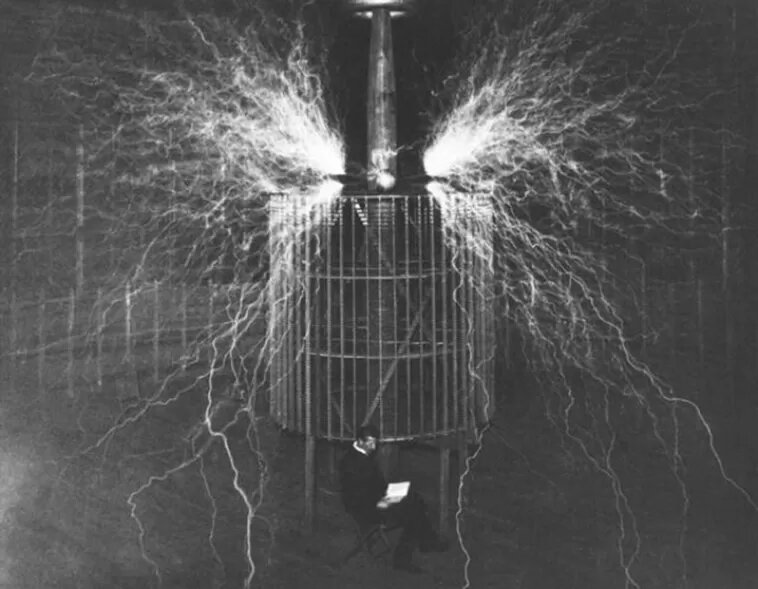
Again, it is not known for certain whether this conflict with Edison (fragments of Tesla’s biography sometimes look like a hoax, to which he himself applied his hand), but a year later the inventor rented a house for the office of the company he created not far from the building occupied by the American entrepreneur. A competitive struggle ensued between them, which went down in history as the “war of currents”.
While Thomas Edison’s incandescent lamps operated on direct current, Nikola Tesla defended the idea of using alternating current systems. Soon, however, he sold his patents to the industrialist George Westinghouse, for whom he still worked for some time, and the “war of currents” was now fought by two big businessmen. In it, all means were good, and Edison did not disdain black PR: with his submission, the first electric chair was created, which worked not on a “safe” direct current, but on a “dangerous” alternating current, which the tycoon constantly reminded newsmen about.
But in the end, alternating current prevailed in the competition. Tesla’s idea became more viable since it allowed electricity to be transmitted over long distances without losing power.
Was Nikola Tesla related to the Tunguska incident?
Tesla was also interested in whether it is possible to transmit electricity without wires at all. In 1901, he invested in a tower off Long Island Sound. The first tests took place on June 15, 1903. He tried to find a way to transmit electricity wirelessly using a resonator tower, which the inventor presented to the public as a radio transmitter. The project failed but added mystery to the halo surrounding Tesla’s personality and research.
On June 30, 1908, an explosion of colossal power was heard over the Siberian taiga near the Podkamennaya Tunguska River. Since then, there have been more than a hundred versions of what it was. Among them is one associated with the name of a Croatian-born engineer. It appeared, however, only at the end of the 20th century, but this only confirms that the very halo of mystery has not disappeared anywhere.
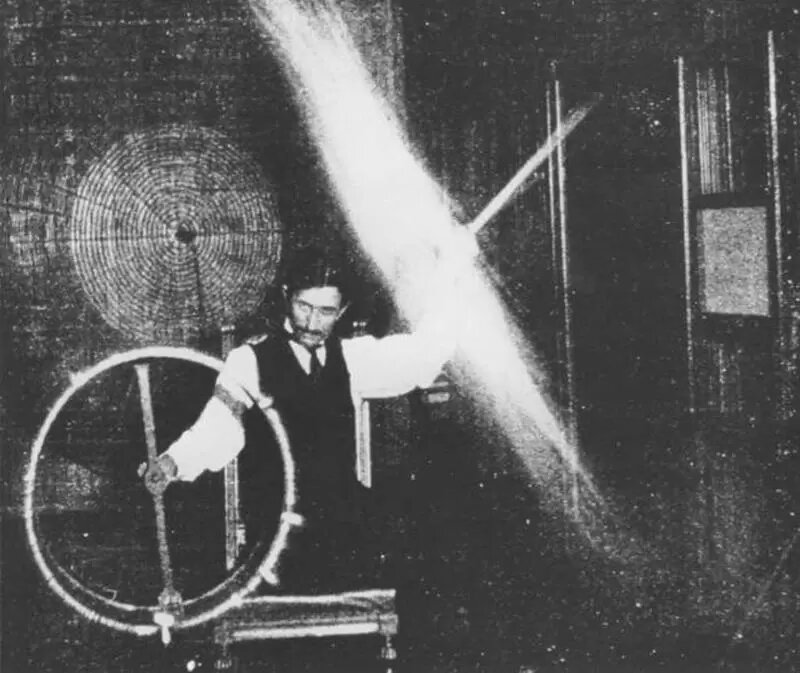
The version says that on the day of the fall of the Tunguska meteorite Nikola Tesla conducted another experiment on the transmission of electricity “through the air”. It was he who sent a powerful bundle of energy from Long Island, where his tower stood, into the Siberian wilderness. In this regard, they refer to some records preserved in the journal of the Library of the US Congress that Tesla came there several months before the explosion and asked for maps of the “least populated parts of Siberia.” In addition, he stated that he would be able to illuminate the road to the North Pole for the expedition of the traveler Robert Peary (although this is unnecessary in summer since there is already a polar day over the Arctic).
Conspiracies and other fantastic inventions
Conspiracy theorists attribute many fantastic inventions to Tesla. The most famous of them is the mythical “death rays”. Between the two world wars, rumors arose in different countries that scientists had developed a superweapon capable of incinerating enemy personnel and equipment at a distance without firing a single shot. Rumors connected this legend with the name of Nikola Tesla, and he only added fuel to the fire. In one interview, the inventor reasoned: “Whether you send troops to attack where these beams act, whether you send 10 thousand aircraft or an army of a million, the aircraft will be immediately shot down, and the army destroyed.”
There is no information about the tests of the notorious “death rays.” Biographers do not exclude that Tesla invented the legend about superweapons specifically to show the senselessness of wars: they say, why send millions of people to where they will all be destroyed … It is worth saying that in the 1930s of the twentieth century, Nikola Tesla was a kind of celebrity, celebrity of New York. He arranged open demonstrations of experiments, leading newspapers and magazines wrote about him, and the public listened to the scientist’s opinion.
Nikola Tesla knew how to captivate the audience. At one time, he “confessed” to reporters that the ultimate goal of his principle of propagation of electromagnetic waves is the ability … to attract the attention of the Martians. It was at the end of the 19th century everyone was discussing what the astronomer Percival Lowell saw mysterious channels on the surface of the Red Planet.
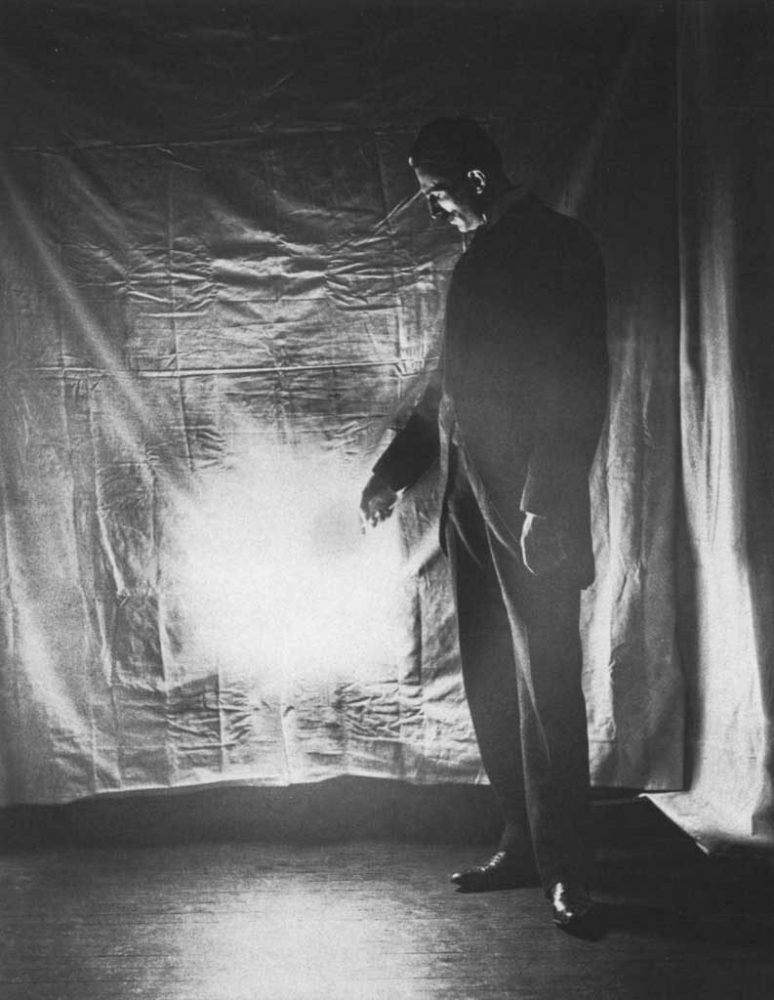
Journalists vied with each other that Mars was inhabited, and H.G. Wells published his famous novel “The War of the Worlds.” Some of the scientists suggested sending a signal to Mars from New York, and Nikola Tesla decided to play along with the public. He said: “If there are intelligent beings on Mars or another planet, I think we can get their attention.”
And three years later, having registered ordered electrical impulses in his laboratory, he decided (or pretended to have decided) that these were only messages from the Martians.
Tesla’s name is also associated with rumors about the mystical Philadelphia experiment, which allegedly took place in October 1943. According to legend, the American destroyer “Eldridge,” located in the port of Philadelphia, was subjected to electromagnetic effects, after which it disappeared and materialized in Norfolk, 300 km from this place. Then the ship returned, but half of the crew on it went mad.
Fans of paranormal theories are sure that the experiment was carried out with the brilliant engineer’s participation: he developed a miracle generator that made the destroyer teleport. It seems they do not consider that Nikola Tesla was already dead by the time of the Philadelphia Experiment. His supporters, of course, have a simple answer to this: although Tesla died, his works were useful to the American military.
And it is a fact that the government took and classified all his work. Who knows what other unbelievable inventions have remained secret for decades or how many of the current technological advancements are based on his work. One thing is certain – Nikola Tesla’s work lives on.
Join the discussion and participate in awesome giveaways in our mobile Telegram group. Join Curiosmos on Telegram Today. t.me/Curiosmos
Sources:
• Ghose, T. (2020, July 10). Nikola Tesla vs. Thomas Edison: Who was the better inventor? LiveScience.
• History.com. (2009, November 9). Nikola Tesla.
• Kilson, K. (2016, March 7). Nikola Tesla’s Future Predictions Were Wrong and Right, but Uniformly Fascinating. Inverse.
• King, G. (2013, February 4). The Rise and Fall of Nikola Tesla and his Tower. Smithsonian.com.
• McSweeney, K., Robinson, R., & Bonderud, D. (n.d.). The intersection of technology, innovation & creativity. Now. Powered by Northrop Grumman.
• Novak, M. (2013, April 19). Nikola Tesla’s Amazing Predictions for the 21st Century. Smithsonian.com.
• Tesla Science Center at Wardenclyffe. (2020, November 10). Nikola Tesla Inventions.



